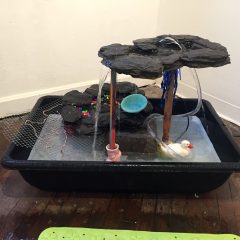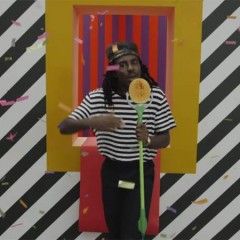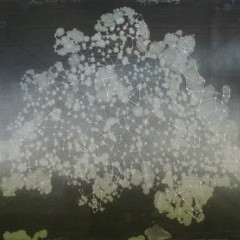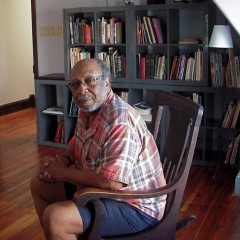The photographic series “Fountain” by Andrea Modica gives an insider view of modern industrial hunters, aka the Baker family. The Bakers run a small slaughterhouse that has been in the family for three generations. The collaboration between artist and family created a series of photographs that are like a well-developed philosophy of the expired, expressed with the gentle and careful use of tone and mood that constantly challenges a carnivore’s contribution to animal slaughter and its often quiet consequences (i.e. health). In this series of photographs, animal and human merge within the shadows without ever showing the blood and guts of it all, instead the photographs capture humans as lifeless as their animals and beautifully slaughtered on the inside. This is illustrated by a romantic cadaver-like body language that weaves throughout the series from person to person sweetly understated and never with alarm. This work richly adds to the cult of flesh in unexpected and satisfying ways that will haunt you, albeit peacefully. The Baker family demonstrates poetic self-reflection and a strong Wabi-sabi environment where death lives without apology and clearly, no one fears it. I first came across Andrea Modica’s photographs at Gallery 339, which represents her work in Philadelphia.
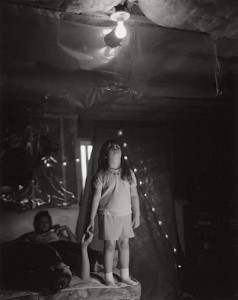
Corey Armpriester- Your curiosity about how the meat on your plate got there is what inspired the “Fountain” series?
Andrea Modica- Yes. My move to Colorado in 1998 fed this curiosity. I met the Bakers in 2000, after much research and effort to find access to a slaughterhouse with my camera.
I began photographing the slaughtering process at the Bakers’ slaughterhouse with my 8X10 camera in 2000 and continued to work there until 2008. Using a large format camera demands a slow and, when working with people, collaborative effort. My final prints are hand-made platinum/palladium contact prints, a 19th century process that I favor for its beauty and richness of tone. The prints are made on vellum. I also choose this antiquated process because I love to physically make the prints, by hand, in a darkroom.
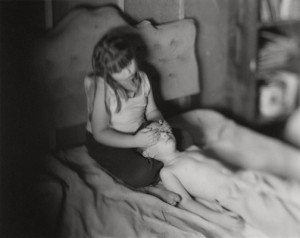
After a while, I began photographing the kids in the family, sometimes with animals or animal parts and sometimes without- sometimes inside the slaughterhouse, sometimes outside. I often photographed them in my house or in theirs. The last photographs, which I believe to be among the most successful, were made in their basement. The project continued until 2008, ending because I moved back to the east coast to teach at Drexel University.
CA- What is the meaning behind the title “Fountain”?
AM- Fountain is the name of the town in Colorado where the Bakers have lived and worked for generations. It’s a very hopeful name for a city and for the project; I got lucky.
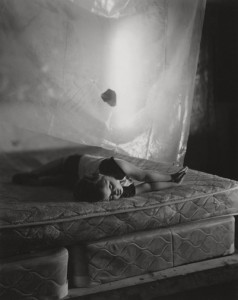
CA- How long did you live with the Baker family?
AM- I never lived with the Bakers, but we spent a lot of time in each other’s homes. I lived in Manitou Springs, CO and the Bakers live in Fountain, CO. Fountain is about a half hour drive from Manitou Springs.
CA- Did you participate in the slaughtering of the animals?
AM- In general at the Baker slaughterhouse, the men and boys do the slaughtering and the women and girls do the butchering. I was in the back, butchering with the women and girls.
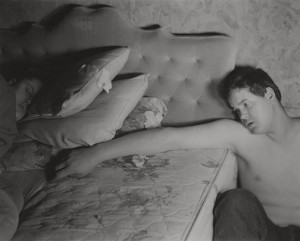
CA- What is your favorite meat product?
AM- I generally like it all. However, I was offered horsemeat while in Italy last week and declined.
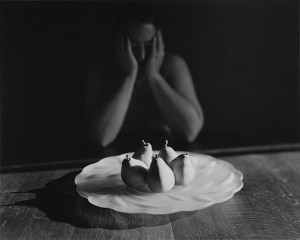
CA- Did the Bakers have any opinions about vegetarianisms?
AM- We never discussed it, but I suspect that if I had asked to photograph at their slaughterhouse as a vegetarian, they might have said no. They knew from the beginning that I eat meat.
CA- Were there certain aspects of the Baker family’s life that was off limits to your camera?
AM- The family never put limits on what I photographed. However, the parents saw all the photographs over the years, as the project progressed. I never put any photograph into the world without their seeing it first.
CA- Do you still keep in-touch with the Bakers?
AM- Yes.
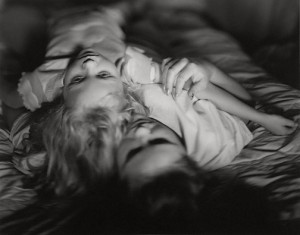
CA- Who were you closest to in the Baker family and why?
AM- I was probably closest to the teen-age girls: Brittany, Ivy and Tara, as well as their niece Katelynn. Until 2001 I traveled a great deal from Colorado to photograph in upstate New York, where I had lived for years. I was spending as much time as possible with Barbara, a girl whom I had been photographing for nearly 15 years. She was the main character of my book Treadwell, someone I had become very close to, and she was dying. Photographing the healthy girls from Fountain offered tremendous relief every time I returned from photographing Barbara.
CA- Can human beings claim to love animals if we eat and wear them?
AM- This is an ethical question that each of us has to answer for ourselves.
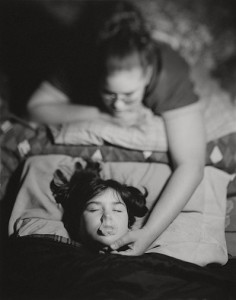
CA- Where does photojournalism end and art begin?
AM- Only in my opinion, a great photojournalist does what any great photographer will do: be completely aware of what’s in front of him/her and bring everything of his/her experience to the process of making the picture.
CA- Do you call yourself an artist or photographer?
AM- Either, I don’t spend much time thinking about things like that. Instead, I prefer to be photographing or in the darkroom, a place that brings me great joy. I also returned to drawing last year, after many years away from the medium. I don’t feel the process of drawing is very different from what I do as a photographer.
CA- What’s the best way to gain the trust of the people that you photograph?
AM- Tell the truth.
CA- In what ways do your students influence your work?
AM- When they’re truly in love with photography, and they often are, they’re awake and inventive, fearless of making mistakes, reminding me that there’s no true success in taking the safe route when being creative.



